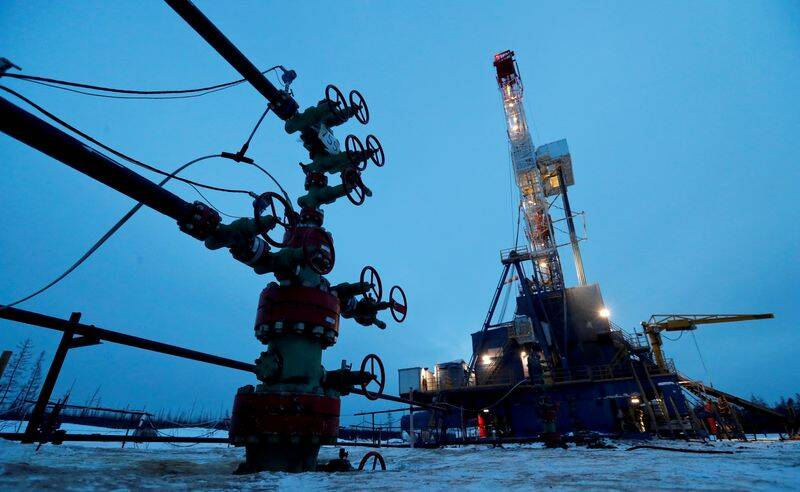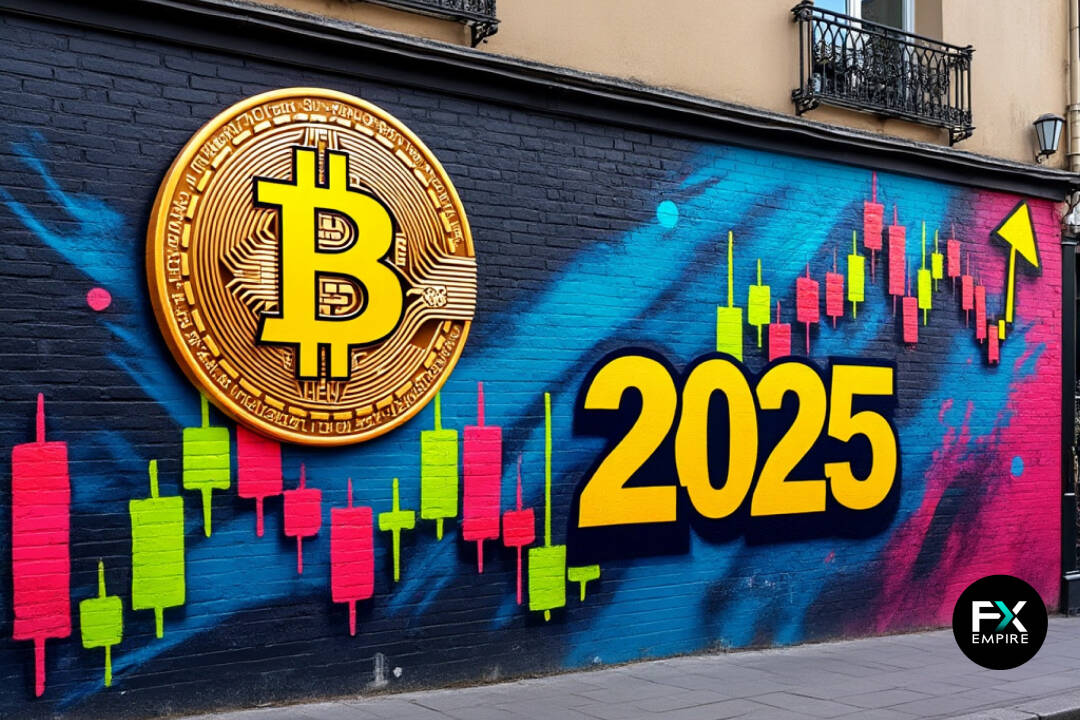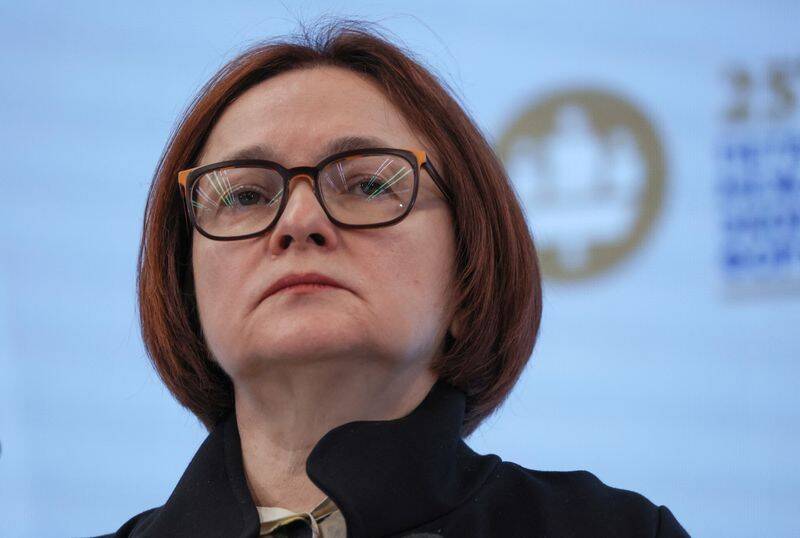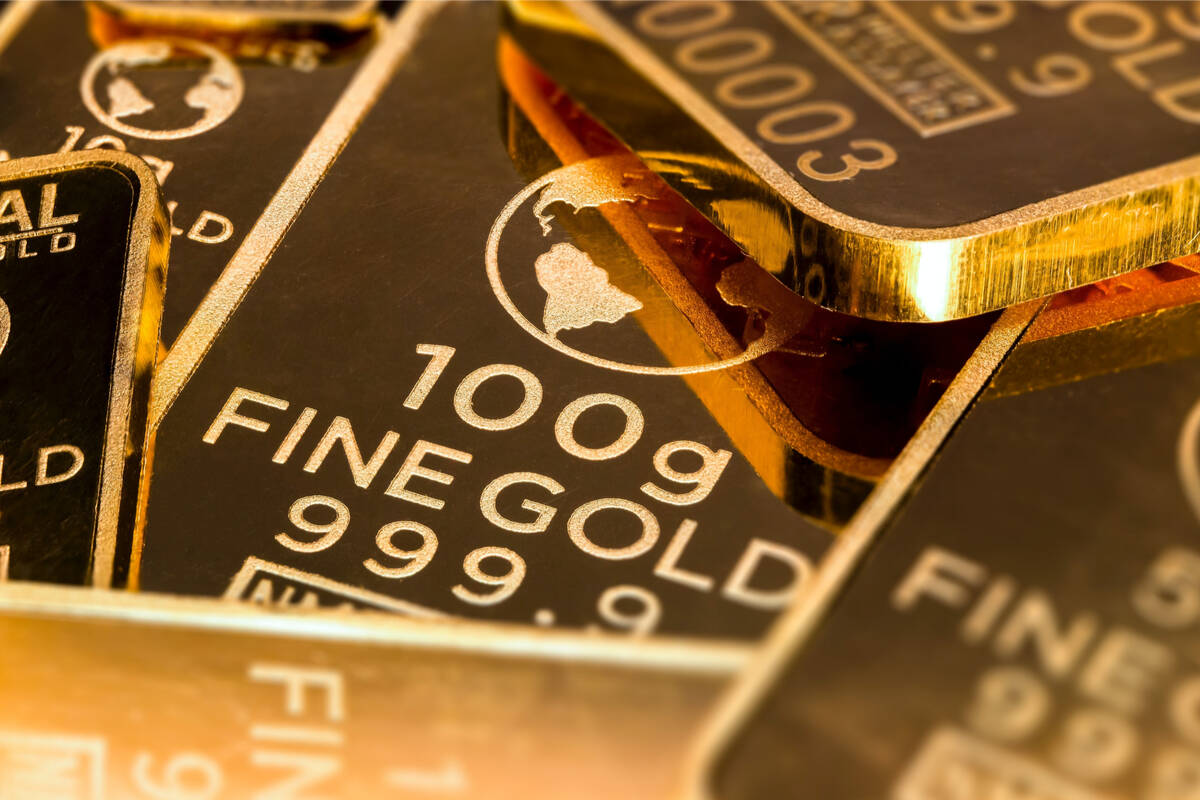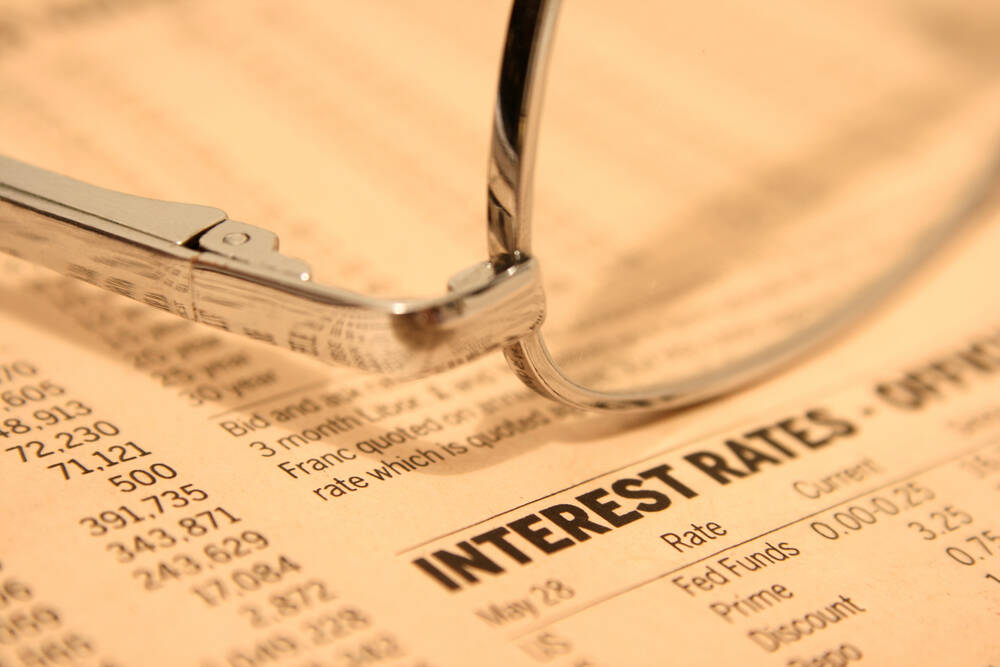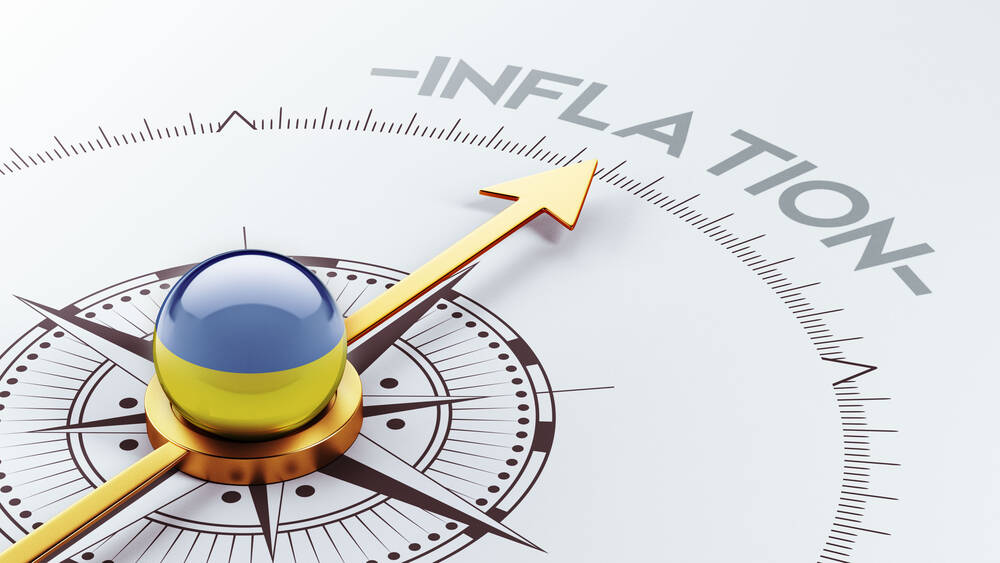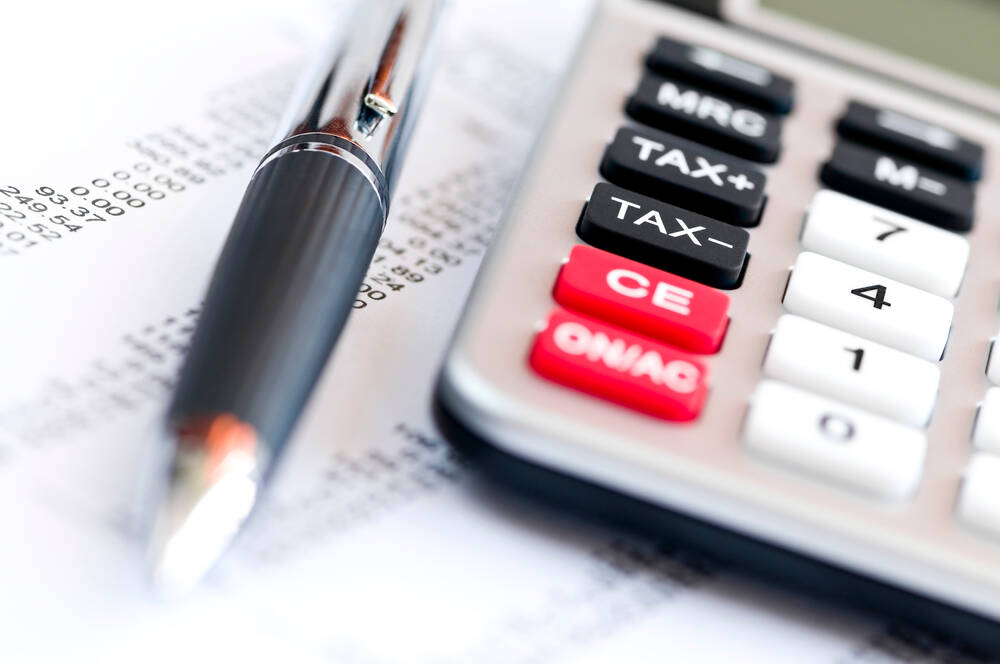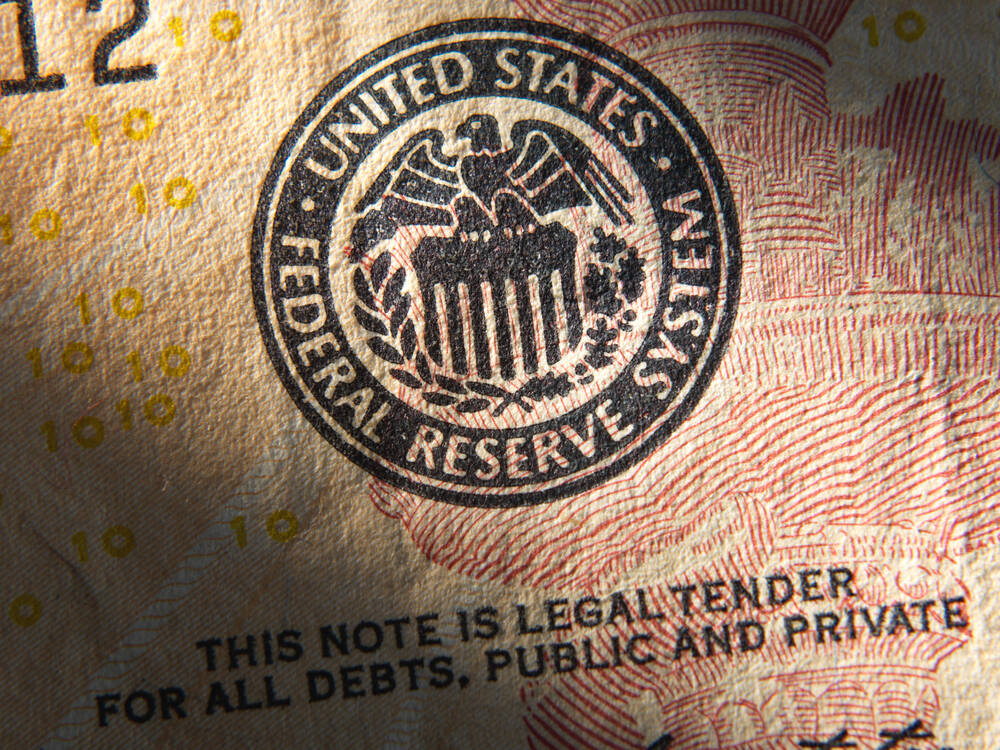Advertisement
Advertisement
Search Indicator:
Choose Country 
Euro Area Inflation Rate
Last Release
Mar 31, 2025
Actual
2.2
Units In
%
Previous
2.3
Frequency
Monthly
Next Release
May 02, 2025
Time to Release
15 Days 12 Hours
Highest | Lowest | Average | Date Range | Source |
10.6 Oct 2022 | -0.6 Jul 2009 | 2.25 % | 1991-2025 | Eurostat |
In Euro Area, the inflation rate is calculated using the weighted average of the Harmonised Index of Consumer Price (HICP) aggregates. The main components of the HICP are: food, alcohol and tobacco (19 percent of the total weight), energy (11 percent), non-energy industrial goods (29 percent) and services (41 percent). The HICP aggregates are computed as the weighted average of each country’s HICP components. The weight of a country is its share of household final monetary consumption expenditure in the total of the country’s group. The local HICPs are supplied to the Eurostat by the National Statistical Institutes.
Latest Updates
The annual inflation rate in the Eurozone slowed to 2.2% in March 2025 from 2.3% in February, in line with the preliminary estimate. Energy prices resumed their decline, falling 1% after a modest 0.2% increase in the previous month. Meanwhile, inflation slowed slightly for services (3.5% vs 3.7%) and steadied for non-energy industrial goods (at 0.6%) but accelerated for food, alcohol and tobacco (2.9% vs 2.7%). Among the bloc's largest economies, inflation eased in Germany (2.3% vs 2.6%), Spain (2.2% vs 2.9%), the Netherlands (3.4% vs 3.5%), and Belgium (3.6% vs 4.4%), but steadied in France (at 0.9%) and accelerated in Italy (2.1% vs 1.7%). Annual core inflation which excludes prices for energy, food, alcohol & tobacco, eased to 2.4%, the lowest rate since October 2021, from 2.6% in February and also in line with the preliminary figure.
Euro Area Inflation Rate History
Last 12 readings
